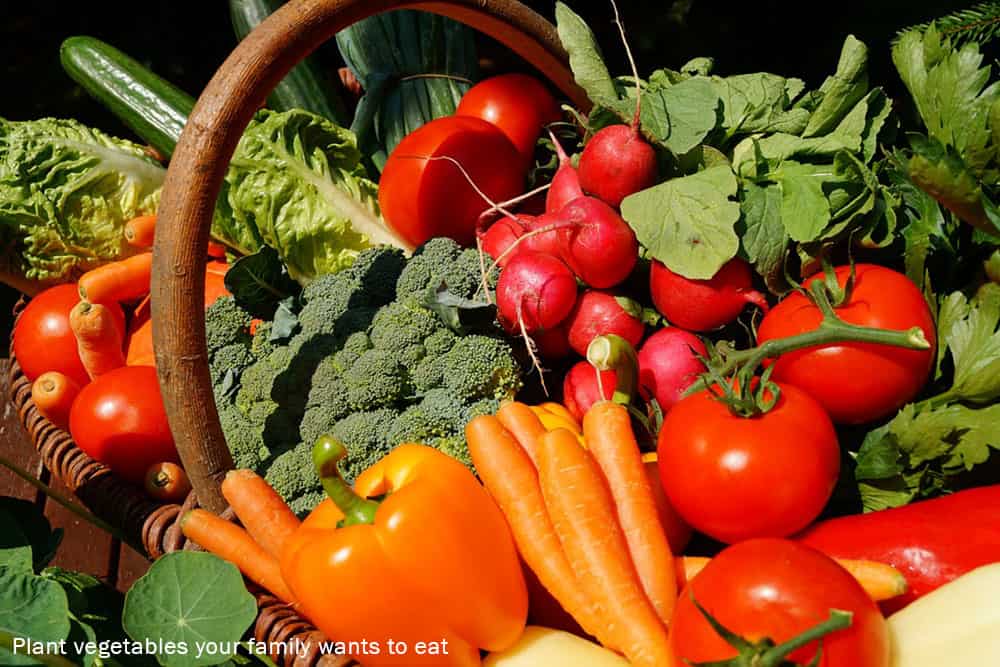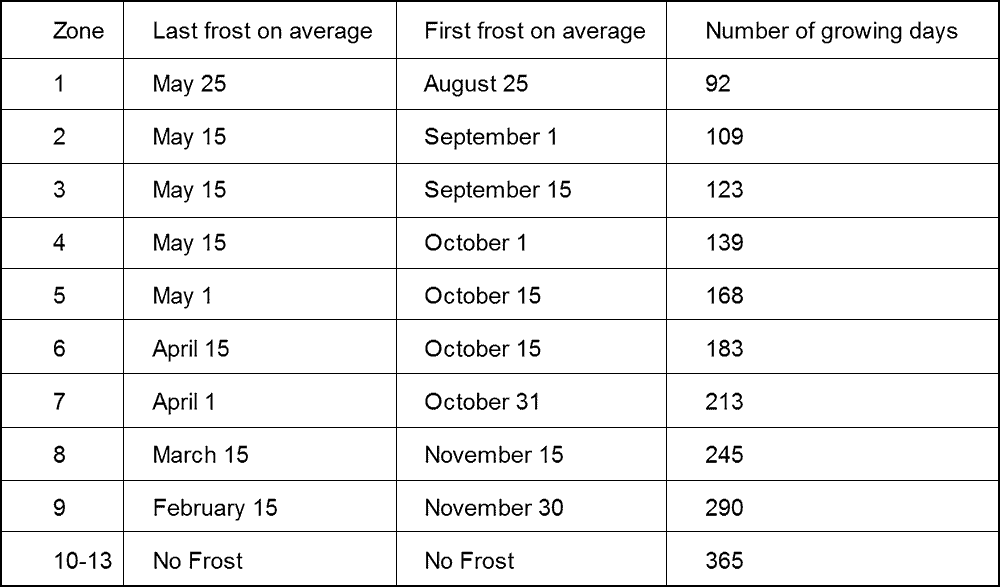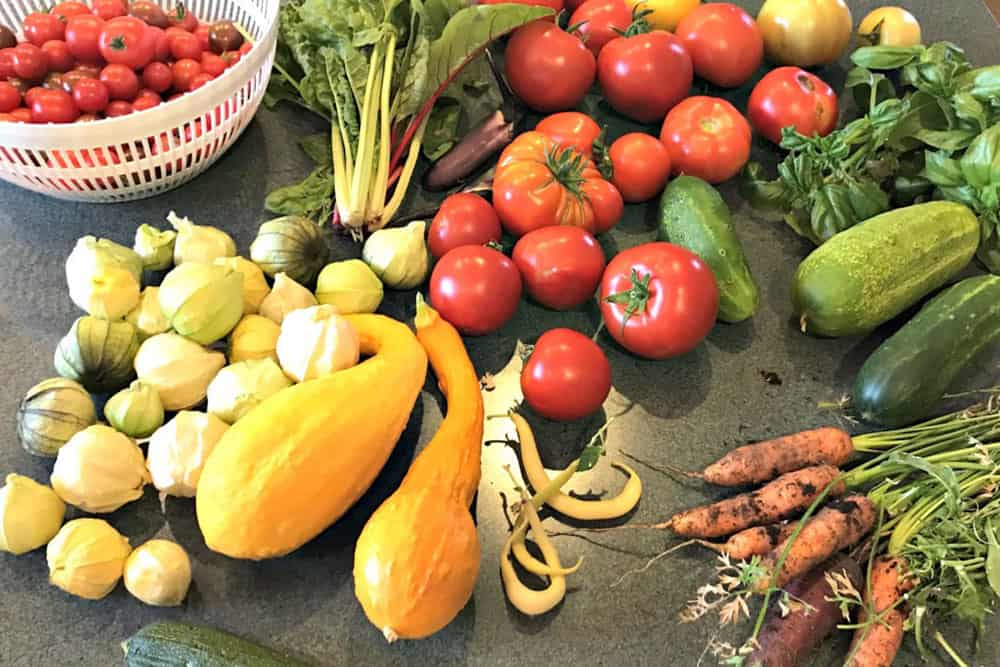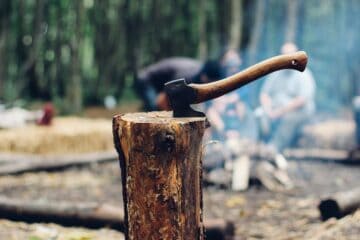At the turn of the 20th century there were nearly 7 million farms in the US and 15 million people working those farms. The population of the country at that time was about 75 million, which meant that 20% of the population identified as farmers.
By the turn of the 21st century the number of farms had dropped to just over 2 million and the number of people who worked those farms had dropped to just over 3 million. The population of the country in 2000 was about 300 million, which means the number of people who identify as farmers had plummeted from 20% a century earlier to about 1%.
The point is that as Americans have migrated to the cities over the past 100+ years we have collectively lost touch with the land. That in itself is not necessarily a bad thing, except for this: we have become so dependent on huge multinational corporations to grow, process and deliver our food to market, that if anything were to happen to disrupt that supply chain we would be up s*** creek without a paddle because none of us knows the first thing about growing food.
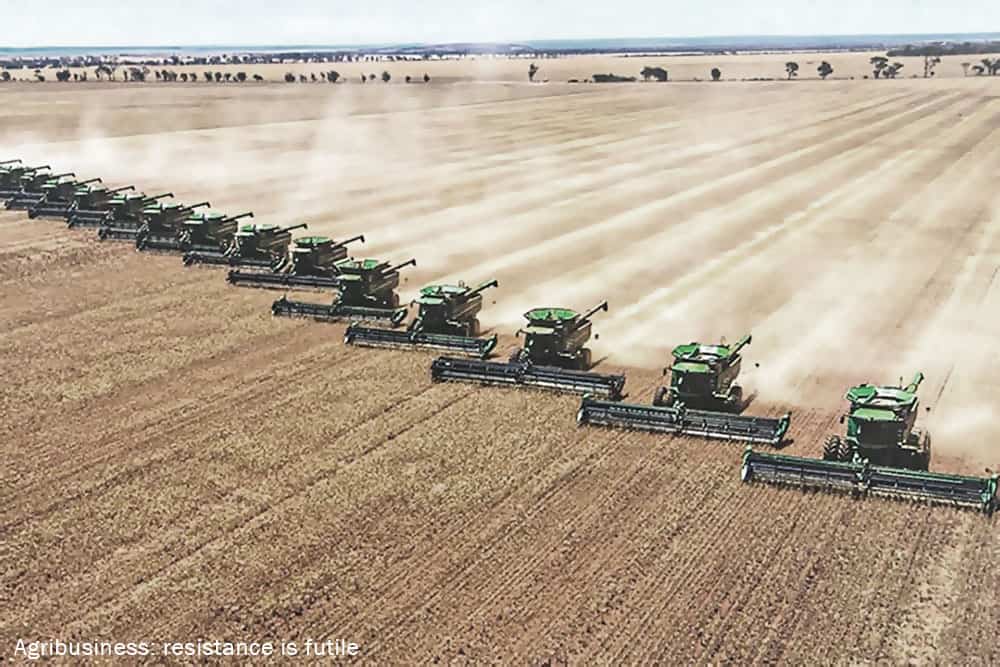
We’re here to change that. Below we’re going to provide a crash course in gardening for beginners that should enable any enlightened individual interested in self-sufficiency the means to provide for themselves and their loved ones should Cargill (1) suddenly shut down.
Getting Started
The thing about growing your own food is that it quickly becomes addictive. Once you begin harvesting veggies that you nurtured from seed and enjoying their garden-fresh taste you’ll never look at agribusiness food quite the same way. But where do you start when it comes to gardening?
Picking a Location
This is as good a place to start as any because where you are able to plant will, to at least some extent, determine what you are able to plant. So, as it is with retail, (location, location, location), so it is with gardening, especially vegetable gardening.
The ideal situation is that you have a yard that’s accessible only to yourself and your family, and that said yard exhibits the qualities necessary to sustain vegetables. And what are those qualities?
Good soil
It doesn’t have to be prime bottomland (2) but the soil you plant into will determine the character of your veggies. If it’s nutrient poor your vegetables will be stunted and may struggle to reach maturity. If it is nutrient rich the potential exists for robust, tasty, nutritious vegetables. Just because your soil is wanting however, doesn’t mean you have to give up on it. There are numerous ways you can fertilize that soil without reaching for the chemicals (3), including adding coffee grounds, egg shells, grass clippings and of course, manure.
Good drainage
Good drainage means that water will permeate the soil and the excess will drain away. If there is poor drainage water will accumulate in stagnant pools, attracting pests and rotting the roots of your vegetables. If your soil drains well but tends to be rocky one popular solution is to invest some time in tilling the soil and removing as many rocks as possible. That’s because rocks will interfere with root growth which will, in turn, weaken your plants.
Abundant sunshine
Almost all vegetables require direct sunlight. Yes, there are some leafy vegetables that can get by in the shade, but most common veggies require a minimum of 6+ hours of direct sunlight daily. Sunlight, like water, is non-negotiable. If your yard does not get adequate amounts of sun you may have to consider a community garden, although they have their own drawbacks we’ll get into later.
No overhanging trees
Some prospective gardens may allow for the requisite 6+ hours of sunlight before the sun disappears behind overhanging trees. This does not mean this is a good location. Sap from those overhanging trees may well kill your vegetables before they have a chance to thrive. You might be able to trim back any overhanging branches, but if you can’t you may need to try and find a better location.
Generally calm
“Windy” and “vegetable gardens” are not on speaking terms. Strong winds will wreak havoc with young, vulnerable plants and chase away pollinators. If your yard is a big open space that is prone to strong winds you might consider creating a windbreak (4) by fencing in your garden or planting hedges or some other type of flora to mitigate the wind before it reaches your delicate veggies.
If you must find a garden away from your property make sure it is on your normal travel route so that you can keep an eye on it. Earlier we mentioned that community gardens have their downside. Well, the biggest is that they are often beset by vegetable thieves who descend after dark and make off with your crop before you’ve enjoyed any of it (5). If you have enough space to garden at home that’s always the best way to go.
Plot Size
If you are new to gardening we would suggest you start with a modest sized plot. Once you get the hang of it you can expand, if you have the room to do so. But to start, it’s better to succeed with a small garden than fail with a big one. With that in mind here are some plot size recommendations.
- For most people a first garden of about 100 square feet (10 feet by 10 feet) is a good, manageable size. This will provide enough room to grow a decent amount of your 3 or 4 favorite vegetables.
- If you feel you need to go bigger than that for it to be worthwhile we’d recommend no larger than about 10 x 20 feet. A first time gardener will find plenty to keep them busy with a plot this size. Maybe too much, which is why we caution starting smaller. But it’s up to you.
- Make sure you leave room for some narrow access paths. If you can’t access the veggies in the center of your garden pests and weeds will flourish and undermine the whole enterprise. You should be able to access every part of the garden without stepping on the soil around the plants.
Choosing the Right Vegetables
Here are some basic rules of thumb that should guide your choices when it comes to what veggies you decide to plant:
- Pick veggies you and your loved ones like. It doesn’t make any sense to grow radishes if no one in your family likes radishes. Poll everyone regarding what 3 or 4 veggies they most enjoy (if you are unsure) and then make your choices based on their answers.
- Don’t plant too much of any one vegetable. Most people love plump, garden fresh tomatoes, until they’re being served them every day. Then it becomes too much of a good thing. Try and strike a balance in what you’re growing and don’t focus too much on any one veggie.
- Make sure you use high quality seeds. Like just about everything else you get what you pay for when it comes to seeds. Trying to save a couple of bucks when the time comes to buy seeds could end up yielding disappointing results at harvest time.
- Be committed. Big, healthy, nutrient rich veggies don’t grow themselves. They need regular attention from you or they’ll sputter and go to seed. Don’t start your vegetable garden until you first commit yourself to seeing it through.
You should also make sure you start with vegetables that are relatively easy to grow. These widely enjoyed vegetables all fit that bill:
- Green beans
- Tomatoes
- Peppers
- Carrots
- Peas
- Lettuce
- Zucchini
- Onions
- Radishes
- Cucumbers
If you can successfully grow half of those you will have a nice bounty that will save you money on your grocery bill while at the same time proving the concept that you can become more self-sufficient with food. Vegetables are great for using in a freeze dryer or food dehydrator.
When and How to Plant Different Vegetables
Here are some tips on when and how to plant your vegetables to ensure the best possible outcome.
Tip 1: Make sure you plant at the right time
Some vegetables, such as peas and lettuce, are considered cool season veggies because they prefer the cooler weather of spring and fall. Others, such as tomatoes, are warm weather veggies. You should hold off planting these until the soil warms up a bit, typically 2 to 4 weeks after the last frost in your area.
Unless you are only planting a small number of each vegetable you should stagger their planting. For example, plant some lettuce in mid April and some in mid-May and some tomatoes in May and others in June. If you are planting a large number of veggies and you don’t stagger the planting schedule they’ll all mature at the same time and you won’t be able to use them all before they rot.
Tip 3: Consider how long the plants take to mature
Some vegetables mature quickly and others mature slowly. Often this information will be printed on the seed package. You can use this info to schedule your plantings to ensure you have more or less continuous production later in the season.
Tip 4: Be careful where you plant different veggies
Tall vegetables such as corn or pole beans should be planted at the northern edge of the garden to ensure they don’t block the sun for other vegetables as they get taller. If part of your garden is in the shade more than the other parts, reserve that shady part for cool season veggies such as lettuce.
What is a Planting Zone?
Average temperatures, the amount of sunlight and the dates when the first and last frost can be expected will change as you move from north to south. This creates what are known as “planting zones”. Different planting zones dictate different planting times – for instance, you can’t plant tomatoes in North Dakota at the same time you would plant them in Georgia – and different lengths to the growing season.
The map below indicates the various planting zones and the table below that details the average last and first frost days, as well as the length of the growing season in each zone.
The chart below provides relevant information on each planting zone.
The number of growing days available in your area will dictate what kind of crops you can grow. While the last and first frost dates will help you determine when is the best time to plant both cool and warm season vegetables.
What About Raised Bed Gardening?
You may want to consider a raised bed garden rather than a standard “till the ground and plant your seeds” garden. A raised bed garden is just that: you create one or more areas in the yard that are framed with wood and filled with high-quality soil from the garden center. These framed areas have no bottom so roots can grow down into the soil at ground level if necessary to obtain more nutrients.
- Less space required – Because the soil is so much richer than in a standard garden you can plant things closer together and save space.
- Easier on your back – Because the plants are raised from the ground a bit you do not have to bend over as far to tend to them. This saves your knees and back from wear and tear.
- Better productivity – Typically plants grow faster and healthier in a raised bed garden thanks to the better soil and the better drainage when compared to a standard garden.
- Perfect for small yards – If you have a small yard, or only a small portion of your yard receives the necessary sunlight, a raised bed garden can help you get just as much productivity out of that small area as others get from a larger garden.
- Longer growing season – The soil in the raised bed garden is elevated above ground level and so warms up faster and provides a slightly longer growing season.
- Fewer weeds – The high quality soil you fill your raised bed garden with is free of weeds. It is also separated from weeds in the surrounding soil, making it tougher for them to spread to your raised bed.
- Great for rocky soil – If the soil is rocky where you live you may want to consider a raised bed garden rather than going through all the trouble of removing the rocks.
What Type of Wood for a Raised Bed?
In 2003 the EPA banned the use of some pressure treated wood for use in gardens (6). Why? Because those woods were treated with chromated copper arsenate or CCA (7) which evidence suggested could leech arsenic into the soil.
There are, however, other types of pressure treated lumber available today that will work just fine (8). Pressure treated lumber resists rotting and will often last for a dozen years or more. But if you are not sold on pressure treated lumber don’t worry, you still have other viable options to frame your raised garden with, including:
- Cedar – On the upside, cedar (9) will last nearly as long as pressure treated lumber because it is naturally rot-resistant. It also naturally repels insects due to the high oil content in the wood. On the downside it’s not cheap.
- Thicker boards of other untreated wood – An alternative to pressure treated lumber and cedar is to simply use thicker boards of cheaper, untreated wood. Thick, untreated pine boards for instance will last an average of 3 – 5 years (10) before they’ll need to be replaced. The good news is they’re inexpensive so replacing them shouldn’t be a big deal.
- Old railroad ties – Old railroad ties were made almost entirely of oak and, to a lesser degree, Douglas fir that was treated with creosote (11). If you can find old railroad ties they will make excellent raised garden borders. In addition, there is little to no evidence that the creosote used on railroad ties will damage the soil or pose a health risk to gardeners.
- Cinder blocks – Cinder blocks are a viable alternative to wood. They’re cheap, plentiful and tough. You can even fill their holes with soil and use them as mini-planters to grow herbs or maybe even strawberries. They have a couple of downsides, however. One is that they are not aesthetically pleasing. The other downside is that they are much thicker than wood so they may take up some valuable garden space.
The Size of Your Raised Bed Garden
Your raised bed shouldn’t be more than about 4 feet wide so that you can retain easy access to the center. If you are only going to have access from one side of the raised bed then you shouldn’t make it more than 2 or 3 feet wide to ensure access to the whole bed.
While 2 or 3 or 4 feet wide might not seem like much, keep in mind you can create several raised beds if you have the room. Or you can make a single raised be as long as you want.
As for the depth of your garden, the average height of a raised bed is 6 – 12 inches, although there are plenty who swear by beds as deep as a 18 inches or more. Ultimately, it’s up to you.
The Bottom Line
Regaining a bit of food autonomy is a great way to ensure that if the SHTF you and your loved ones will not become victims of disrupted supply lines or corporate price gouging. And remember, once you become adept at gardening on a modest scale you can always ramp things up and cut ties entirely with the Cargills of the world.



